Strategy steps:
- The teacher gives the unit's theme to the students. The theme needs to be broad enough and real-life enough that students can use their prior knowledge and cultural background to complete the task.
- This tasks works best in groups to really build excitement.
- The group's recorder starts lettering a large sheet of paper with A, B, C, D . . . . X, Y, Z.
- Group members create a list of words that they think are examples of the main theme or illuminate the theme in some way.
- Students do not need to progress sequentially through the alphabet. They just fill in the blanks as they think of words or phrases that start with a given letter.
- If students have difficulty completing the list, the teacher may allow one member per group to wander around the room for one minute and "spy" on other posters being created.
- The teacher may or may not allow the use of a dictionary and a thesaurus.
- Once all groups are completed, then the teacher may have people share their lists with the full class or have the class come up with an agreed-upon word or phrase for each letter.
I’ve had equal success with this activity with the word “relationship” with Othello. At the end of the Othello unit, students revisited their A to Z Taxonomies to see if Shakespeare had addressed all of their relationship words. With a little creativity and successful use of synonyms, students found that they could find an example from Othello for each word in their A to Z Taxonomy. Students really learned that Shakespeare is timeless and universal.
I will have students revisit their Brave New World Science and Technology lists too. They will then evaluate just how much of a futurist Aldous Huxley really was.
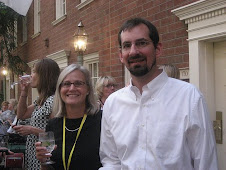
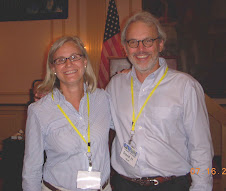
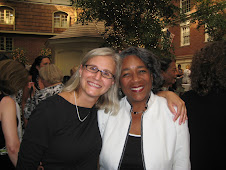
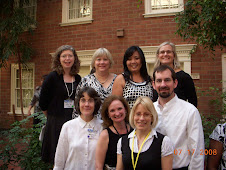
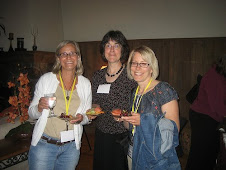
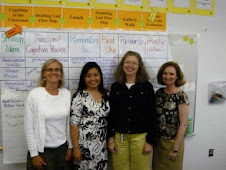

No comments:
Post a Comment